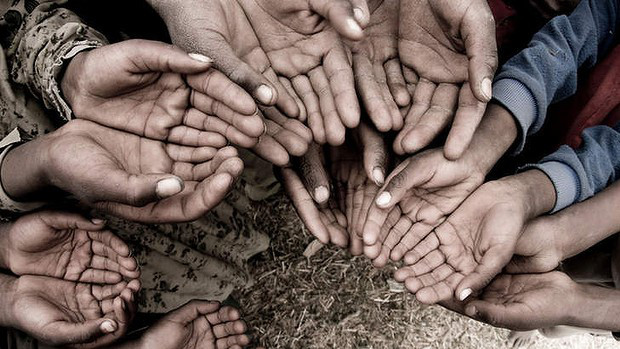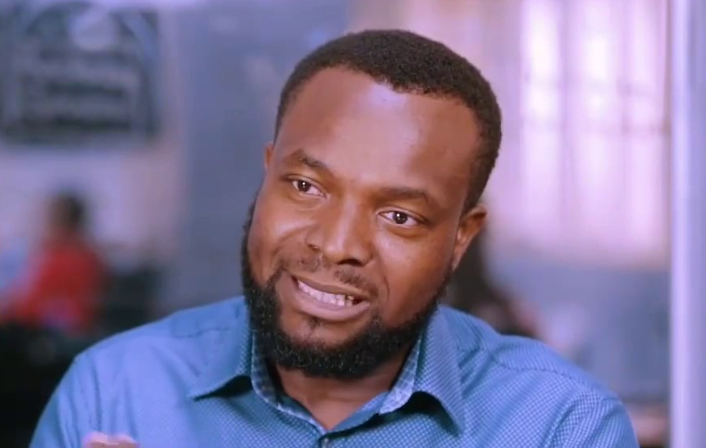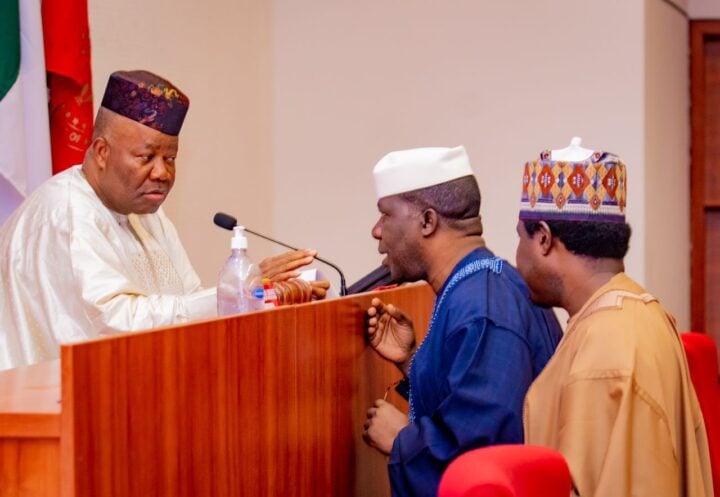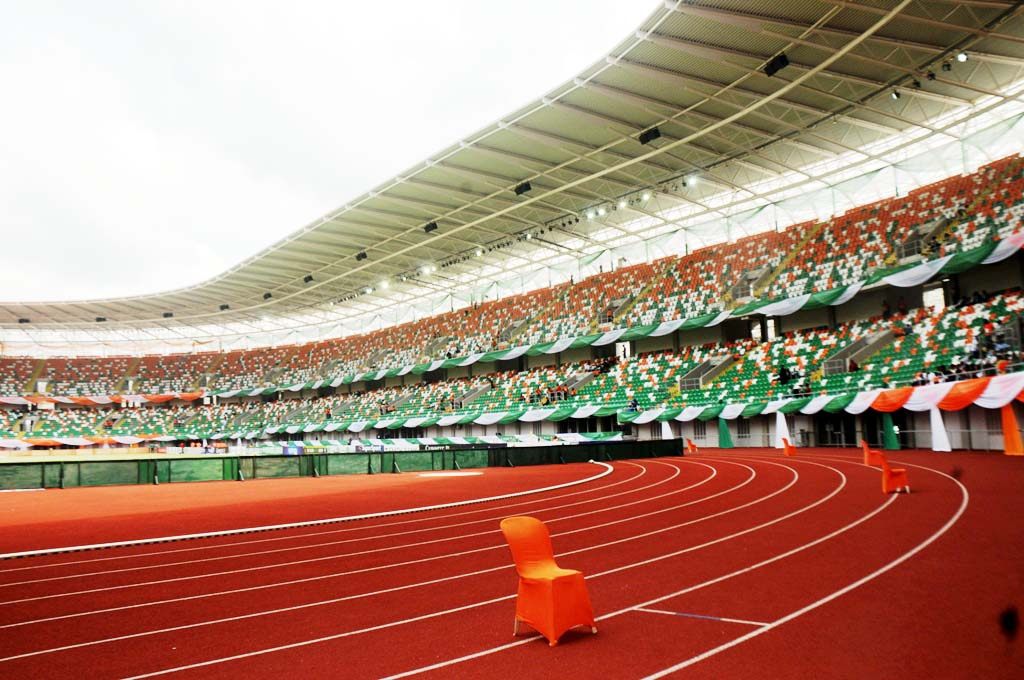In 2018, I read an article by Solomon Elusoji in Thisday Newspapers, which caught my attention about the way and manner that the Chinese government has set about trying to eradicate poverty in that country of 1.5 billion people. China set a target for total poverty eradication by the year 2020. But then came COVID-19 a phenomenon which I believe was contrived and which knocked off many entities from their preset targets to achieve greatness by the turn of the decade. The whole world spent a significant year (2020) getting scared about sickness, being fearful about everything, wearing masks, and doing next to nothing.
But before then, I saw that China was a very serious country about their ambition and results showed that they put in good efforts. I recall watching on Youtube as Chinese President Xi Jinping traveled to remote villages in the hills of China to meet poor people, sit with them in their rooms, ask what they wished to achieve, taste their water and their food, and give them hope. I was touched. The man went with no airs whatsoever.
I learnt also, that in order to totally eradicate poverty in the land, the Chinese first did two things – work on the minds of their people, and get rid of poverty mentality wherever it existed (e.g. the idea of living in slums because your parents lived there and it is your ‘heritage’ – this is one area where Nigeria will have a lot of problems if we get serious about eradicating poverty), and also properly documenting families – having social workers who understand the needs of each family and therefore ‘targeting’ specifically the needs of each family, not merely spending in an unaccountable fashion the way Nigeria’s Ministry of Humanitarian Affairs here has been accused of doing. They don’t just say: “We have gone to that village and given each person x amount of money”. No. Instead, each family or household has a file and each one has a specific agent of government charged with making their lives better. Some families have issues with illnesses. Others with education. Others with unemployment. For a country of 1.5 billion people, China has done incredibly well. The 2020 target has been reviewed for this year. And the last time I checked, less than 3 million out of 1.5 billion Chinese were considered poor. Note that poverty cannot be 100% eradicated. A very low number is the usual target and that is where China is presently.
Elusoji’s article revealed to me that it was possible to coopt the private sector into poverty eradication programmes. Just as China had created its own brand of capitalism – state-led – when we thought no new innovation could come in that regard, that country also fashioned a way of involving the private sector. A private company (Evergrande) was charged, in the case that Elusoji covered, with providing a certain community with all the necessities that will make for a good life – but to also help the villagers power up their productivity by a factor of 1o. Check this commentary from the article:
Advertisement
“The government is mainly responsible for policy support and logistics services, while Evergrande is responsible for the construction of the breeding farm and providing the start-up cows. The partnership also involves a leading beef cattle production company, China Hengrui, which is responsible for professional farming, processing, and sales. We believe this is the fastest way to increase the poor farmer’s income. We do not change their lifestyle. They still plant their maize, which is their original source of income. But now they can supplement their income and increase it by more than a 1oo%. This initiative has seen the local farmers’ income rise to as high as 30,000 RMB per year. And each household receives dividends from profit derived from the cattle business. Also, the presence of the breeding farm has driven the development of silage planting, processing, and transportation in Dafang County.”
I also looked at another write-up on the subject matter. Titled ‘Ending Poverty in China – Lessons for Other Countries and Challenges Still Ahead’, a World Bank article dated 2016 by Chengwei Huang lists some lessons from the Chinese experience as below:
- Continuous reform and innovation; sustained and steady economic growth with policies favoring poor regions and poor people.
- Integrating poverty alleviation into the national development strategy, and organising large-scale poverty alleviation programs with targeted programs for women, children, disabled people, and ethnic minorities;
- Adopting a development-oriented poverty alleviation approach that focuses on development as the fundamental way to get out of poverty, and building poor people’s capacity to help themselves.
- Pursuing a strategy of balanced urban and rural economic-social development, getting industry to support agriculture and cities to support rural areas.
- Developing infrastructure, including roads, water and sanitation, electrification, natural gas supply, and housing.
- Mobilising all resources for poverty reduction, including both public and private sectors.
- Integrating general and special favorable policies, development-oriented poverty alleviation, and social safety nets.
From my independent research, I think we have the following to take note of if we are serious about really lifting folks out of poverty:
Advertisement
- Support of the government at all levels must be secured. We must get rid of administrators who believe it is unnecessary or impossible.
- There is a need to mobilise the youths en masse for sensitization in every village. I have been talking about a return to the kind of energy and youth mobilisation we saw during MAMSER in the 1980s/1990s.
- The strategy must be fashioned around the building of infrastructure and the provision of jobs.
- There will be a need to relocate some villages but this is where trouble will be found. Villages say in parts of the Niger Delta or the north will not want to move since they are used to what they have. It will help to have prototypes of the plans the government has for them, to show examples, and to just start somewhere.
- Private sector involvement is very key, and indeed this could be the game-changer. If China can do it, so must we. The private sector comes with capital, technical expertise, a commitment to standards, less drama, and more speed.
- Product diversification – one of the lessons of Chinese poverty eradication is how farmers are helped and encouraged to take on more than the farm products they are used to.
- Significant measures were applied to reach the goal. Banks were encouraged to give microloans to farmers. Rural cooperatives were set up in many places allowing farmers to put together their resources to raise production. This is a testimony that commodity boards and cooperatives actually work.
- A national registration system helps with data. Targeted support contact cards should be issued to households. Without something close to correct data, everything falls apart.
- Monitoring and evaluation is key. The carrot and stick approach should be used on cadres who administer this process. Salary cuts, demotions, and reduced bonuses are used to keep administrators in check while benchmarking their effectiveness on the job.
- Remove the role of clans and gangs. Put in governmental structures down to the village. Village Poverty Alleviation Working Committees were used in China. These are party members. The APC could use this to engage its structure.
Lastly, an emphasis on private sector involvement with this quote from a Wikipedia article:
“As part of the ‘10,000 Enterprises Help 10,000 Villages’ project, companies like the Alibaba Group have been very visible in poverty alleviation in recent years. Alibaba has lent over 100 billion RMB (US$14.3 billion) to more than 2 million users in poverty-stricken counties in the PRC. Between 2017 and 2022, the holding plans to invest 10 billion RMB (1,43 billion USD) into poverty alleviation projects in the fields of education, e-commerce, health, women empowerment, and environmental protection. One of Alibaba’s biggest initiatives is the establishment of Taobao Villages which are named after Alibaba’s online shopping website Taobao. These villages are transformed into e-commerce hubs to encourage farmers to sell their products online. Annual e-commerce transactions of over 10 million RMB and more than 100 online stores qualify a village for the title Taobao Village. Taobao Villages were established in cooperation with villagers who had returned from bigger cities with entrepreneurial skills and the support of local governments providing infrastructure, e-commerce training, finance, and subsidies for specialized e-commerce service providers and companies.”
Also from the same World Bank article, we learn that the donation sphere must be opened up and carefully managed. Hear:
“(There is) also the Social Participation in Poverty Alleviation and Development in China run by the China Social Poverty Alleviation Network. On this website, people that are classified as poor can ask for donations for medical, educational, or housing purposes. By donating on this website, people can directly support poverty-stricken households. Moreover, people can buy products from poor regions and crowdfund poverty alleviation projects.”
Advertisement
I think strongly that we need to move away from deliberate clumsiness and the perpetuation of fraud. We have seen all sorts of slack policies under the previous administration. We have seen how easily Tradermoni, Marketmoni, NSIP, N-POWER, and many other schemes have fizzled out, just like many more before them.
The point is that with deliberateness, honesty, and an organised mindset, any government which gets it right in this regard, can only have written its name in gold. I believe the Tinubu administration can do it and the time to start is now. The more we start to honestly document, the higher our GDP will grow. Nigeria needs to depart from this realm of ignominy, and the world is waiting for us as the next biggest brand. China, on the other hand, has provided a workable strategy, and the successes point to the fact that we don’t really have to reinvent the wheel. The key processes are clear:
- Document honestly. This saves the country money and targets specific problems of families. Good data is key.
- The highest political echelons should be directly involved
- Look out for fraud and honesty. Punish and reward as appropriate.
- Get the private sector involved. Poverty eradication is bankable even if the margins are low. Private sector entities that get involved should not look to maxing out profits.
- Deploy technology. Emphasise education. Declare war on the out-of-school-children phenomenon.
- Have a mass mobilization project driven by youths, that change the mindset of the poor people.
- Target increased productivity even as you attack poverty in the land.
- Use the poverty eradication project to drive renewed housing, urban and rural regeneration, healthcare, and food security. It is a sure way to open up and integrate rural areas and probably reverse rural-urban drift.
Views expressed by contributors are strictly personal and not of TheCable.







